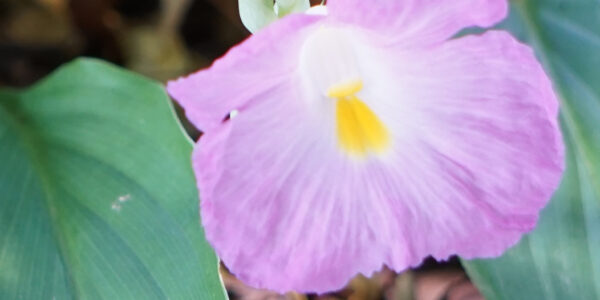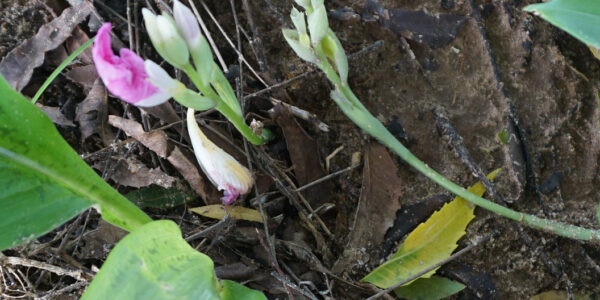Acanthaceae Butterflies
Acanthaceae are host plants to many butterfly caterpillars, and provide nectar flowers that attract many butterflies. Caterpillar foodplant to:
- Hypolimnas misippus – Diadem
- Salamis anacardii – Clouded Mother of Pearl
- Junonia orithya – Eyed Pansy
- Junonia hierta – Yellow Pansy
- Junonia oenone – Blue Pansy
- Junonia natalica – Natal Pansy
- Catacroptera cloanthe – Pirate
- Eretis umbra – Small Marbled Elf
- Sarangesa phidyle – Small Elfin
(Note: some of these butterflies also feed on other families)









